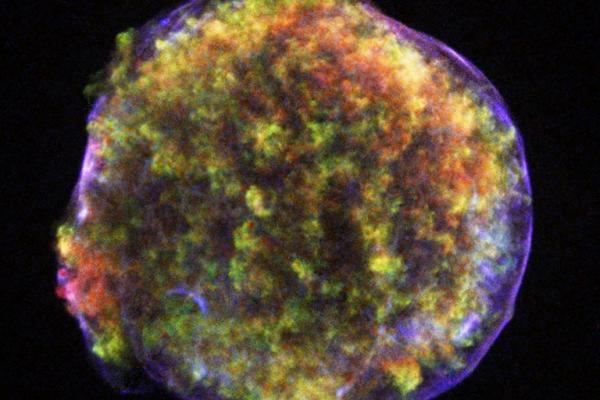
Thu, September 3, 2015
4:00 pm - 5:00 pm
2015 McPherson Laboratory
The Persistence of Memory: What Supernova Remnants Can Tell Us about Type Ia Supernova Progenitors
Carles Badenes (U of Pittsburgh)
Despite decades of continuing observational and theoretical efforts, the identity of the progenitor systems of Type Ia Supernovae (SN Ia) remains obscure. Recent results have added to the controversy about the nature of the binary companion of the exploding white dwarf, which must be either another white dwarf (double degenerate systems, DD) or a non-degenerate star (single degenerate systems, SD). On the one hand, there are no clear signs of dynamical interaction between SN ejecta and circumstellar material, which seems to favor DD systems. On the other hand, there is mounting evidence that at least some exploding SN Ia have ejecta masses very close to the Chandrasekhar limit, which is more naturally explained by the SD scenario. I will describe recent X-ray observations of Type Ia Supernova Remnants that can shed light on the properties of SN Ia progenitors and the SD vs. DD debate.
Coffee and Donuts served at 3:30pm in 4054 McPherson Lab.
